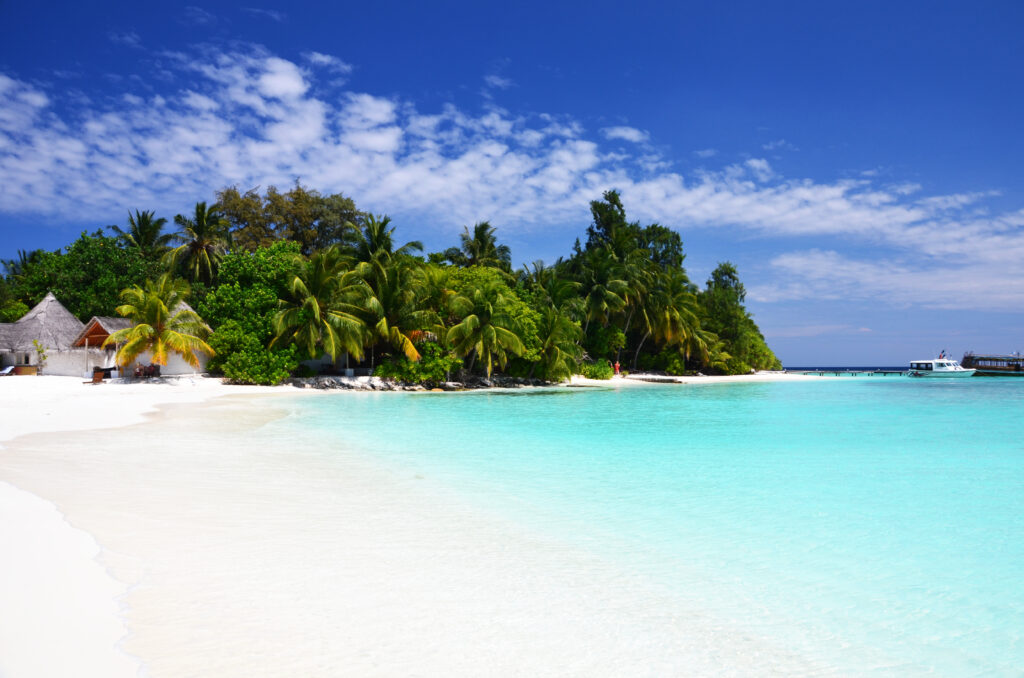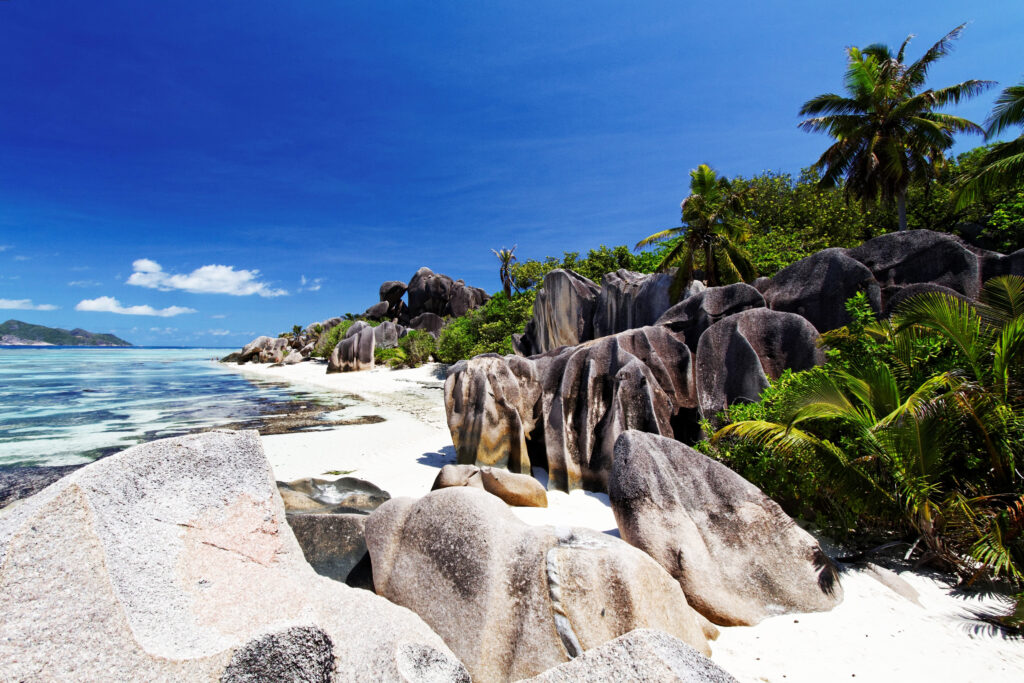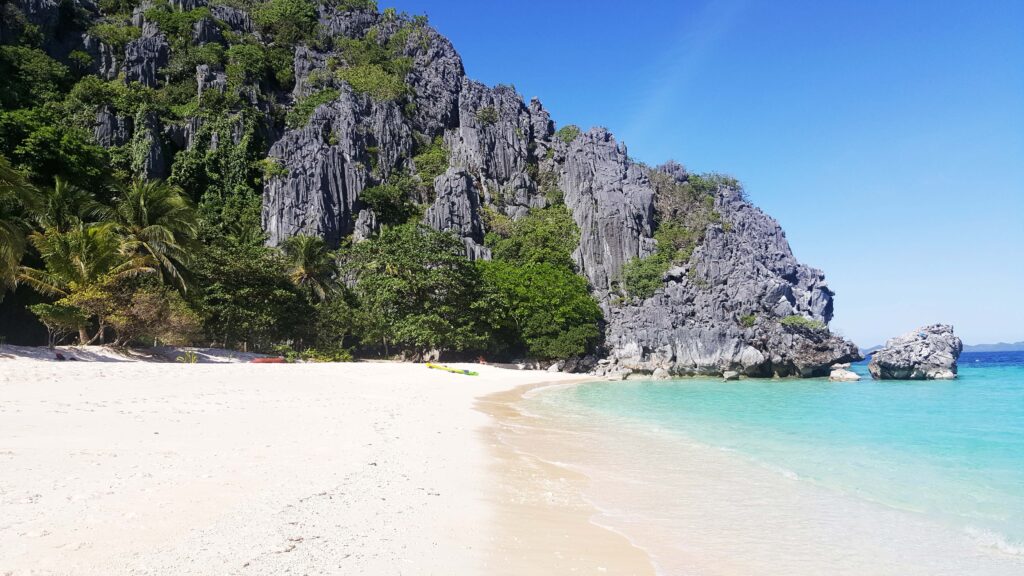 Sink Your Toes in These Sweet Beaches: The Ultimate List of White Powdery Sand Beaches That Will Make You Want to Quit Your Job and Become a Beach Bum
Sink Your Toes in These Sweet Beaches: The Ultimate List of White Powdery Sand Beaches That Will Make You Want to Quit Your Job and Become a Beach Bum
If you’re dreaming of a tropical getaway to a pristine beach with powdery white sand and crystal-clear waters, you’ll be happy to know that many locations around the world fit the bill. From the Maldives, Fiji, and Zanzibar, to name a few, there are countless destinations that offer some of the most stunning beaches you’ll ever see.
Whether you’re looking for a romantic escape or an adventurous vacation, these locations have something for everyone, with plenty of opportunities for swimming, snorkeling, diving, and simply relaxing on the sand.
So pack your bags, grab the sunscreen, and get ready to experience the beauty of these fantastic destinations firsthand.
- Maldives: The Maldives is a tropical paradise in the Indian Ocean, boasting pristine white sand beaches and crystal-clear waters. It’s one of the world’s top beach destinations, offering some of the most beautiful beaches with soft, powdery sand and calm turquoise waters.
- Bora Bora: French Polynesia boasts Bora Bora– an island in the South Pacific known for its stunning turquoise lagoon and white sand beaches. The sand on the shores of Bora Bora is fine and powdery, and the water is so clear that you can see the fish swimming around your feet.

- Seychelles: Seychelles is an archipelago of 115 islands in the Indian Ocean, known for its powdery white sand beaches, turquoise waters, and diverse marine life.The beaches on the Seychelles islands are pristine and uncrowded, making them perfect for a romantic getaway or a peaceful retreat.
- Fiji: Fiji is a beautiful tropical destination that boasts some of the world’s most picturesque beaches with white sand and crystal-clear waters. The beaches of Fiji are ideal for swimming, snorkeling, and diving, with a variety of colorful marine life and coral reefs to explore.
- Palawan: This stunning isle in the Philippines – Palawan is known for its jaw-dropping natural beauty, including its powdery white sand beaches. The beaches of Palawan are some of the most beautiful in the world, with crystal-clear waters, dramatic limestone cliffs, and a diverse marine ecosystem.
- Phuket: A popular beach destination in Thailand, it is known for its beautiful beaches with white sand, crystal-clear waters, and lush greenery. The beaches of Phuket are perfect for swimming, sunbathing, and snorkeling, with various water sports and activities.
- Turks and Caicos: The Turks and Caicos Islands are a British Overseas Territory in the Caribbean that boasts some of the world’s most beautiful beaches. The beaches of Turks and Caicos are famous for their powdery white sand, turquoise waters, and excellent snorkeling and diving opportunities.

- Cancun: Cancun is a popular beach destination in Mexico known for its stunning white sand beaches, turquoise waters, and vibrant nightlife.
- The Whitsunday Islands: The Whitsunday Islands are a group of 74 islands located off the coast of Queensland, Australia. The islands are famous for their crystal-clear waters, coral reefs, and stunning white sand beaches.
- San Blas Islands: These Panamanian Islands are an archipelago located off the coast of Panama. The islands have some of the world’s most beautiful and unspoiled beaches, with powdery white sand and crystal-clear waters.
- The Cook Islands: Some of the most beautiful beaches in these islands are known for their soft white sand and crystal-clear waters, making them ideal for swimming, snorkeling, and sunbathing. Some of the most popular beaches in the Cook Islands include Muri Beach, Aroa Beach, Titikaveka Beach, and O’otu Beach.
- Zanzibar: Zanzibar is an archipelago located off the coast of Tanzania in East Africa. The islands are known for their beautiful white sand beaches and clear waters and are a popular destination for snorkeling and diving.
Did you know?
The white sand is typically made up of small, refined grains of minerals such as quartz or gypsum. The white color of the sand comes from minerals, usually light ones. If you magnify this sand under a high-powered microscope, some will contain microscale shells.
A little history:
In some locations, white sand is formed through the erosion of limestone or coral reefs.
Over time, the waves and tides break down the limestone or coral, creating small particles washed up on the shore. These particles are often mixed with other minerals, but the white color of the limestone or coral dominates, giving the sand a light, almost pure-white appearance.

Other factors that can contribute to the formation of white sand include certain types of algae or the deposition of calcium carbonate from seawater. In general, the formation of white sand is a complex process influenced by a wide range of factors, including geology, weather, and ocean currents.


